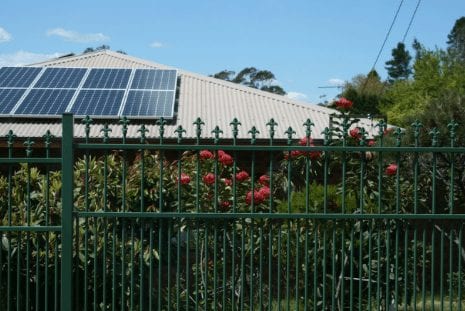The 2012 Energy White Paper has much to commend it. In particular, the far greater acknowledgement of the need to shift to clean energy sources is a fundamental shift from previous White Papers.
The emphasis on the need for power demand management, rather than simply meeting peak demand though capital expenditure, is also very welcome.
The energy landscape is changing rapidly. A fundamental change is the extraordinarily rapid decline in the cost of solar energy. Results from the 2012 Australian Energy Technology Assessment of various energy technologies is included. This was a radical departure from previous Government assessments in that it recognised that solar and wind are on track to be low cost, fully competitive energy generation technologies rather soon. The White Paper notes that “few could have predicted the dramatic reduction in solar PV costs that has occurred over the past few years”. The White Paper could perhaps have emphasised more strongly the large implications of this fact for electricity providers.
Rooftop solar generators now produce electricity for less than the retail tariff everywhere in Australia. This could fundamentally change the nature of the electricity business, leading to the establishment of millions of small generators to supplement wind farms and large conventional generators.
There is an urgent need to re-think the national electricity market and infrastructure to take account both of the need for demand management and to cope with widely distributed electricity generation. Changes to distribution infrastructure, tariff structures and the business models of utilities will all be required. Local and central storage will also need to be included as the penetration of solar and wind energy rises above the tens of percent range.
The urgency for amelioration of greenhouse gas emissions becomes ever clearer. The Renewable Energy Target means that up to one-quarter of Australia’s electricity will come from renewables by 2020. South Australia already generates one quarter of its electricity from the wind, and the ACT Government has a renewable energy target of 90% by 2020.
The White Paper mentions a relatively unambitious figure of a 40% share of electricity from renewable energy by 2035. Experience suggests that renewable energy will grow much quicker than envisaged in the White Paper. Aggressive targets for 2030 (50%) and 2040 (90%) should be established to rapidly shift Australia to low emission energy. Fortunately, the rapidly declining cost of solar and wind energy allows such targets to be set with little economic impact.
In summary, the White Paper is a large improvement on previous Government studies with respect to climate change and renewable energy.
Andrew Blakers is director of sustainable energy systems at the Australian National University. This article was first published in The Conversation. Reproduced with permission.










